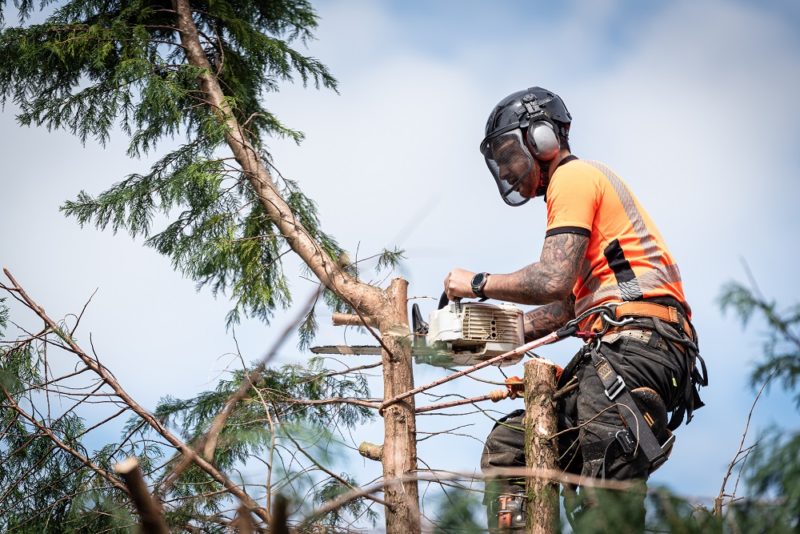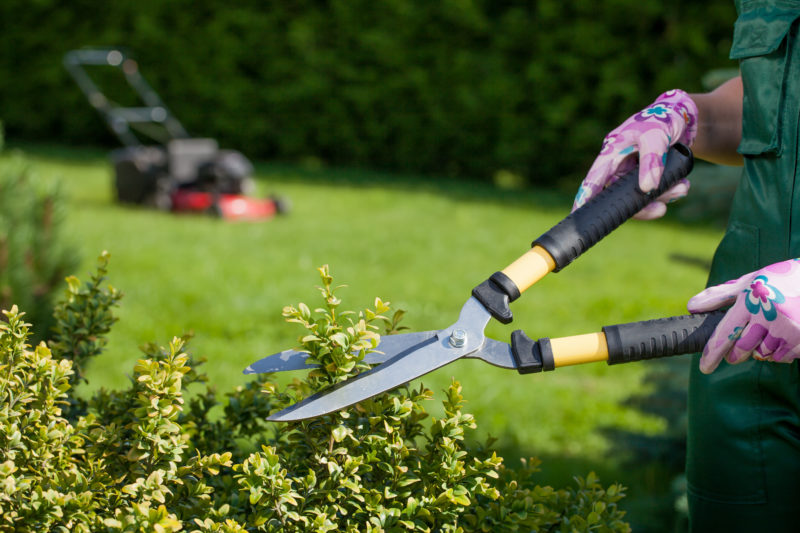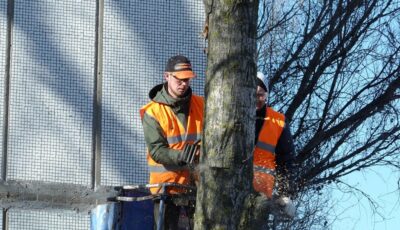Finding the Right Balance: When and Where You Should Trim Your Trees
Trees are an essential part of our environment, providing us with shade, oxygen, and a beautiful sight to behold. However, with great beauty comes great responsibility, and as a homeowner, it is essential to maintain your trees properly. To keep them healthy and vibrant, you need to trim them periodically, but when is the best time to do so, and where should you cut them? In this blog post, we will dive into the details of finding the right balance when and where to trim your trees.
When to Trim Your Trees
The ideal time to trim your trees depends on the type of tree and the reason behind the trimming. For deciduous trees, the best time to trim is in the dormant season, which is when the trees are not growing. Usually, the ideal time is between late fall and early spring. During this time, the tree is less vulnerable to stress and can heal more efficiently. However, for young or newly planted trees, it is advisable to wait at least two years before pruning to allow them to establish stronger roots.

On the other hand, evergreen trees can be trimmed at any time of the year due to their constant growth cycle. However, it is best to avoid trimming during winter months to prevent stress from the extreme cold.
Tools Needed for Tree Trimming
Before embarking on your tree-trimming journey, it’s crucial to have the right tools for the job. A sturdy pair of pruning shears is indispensable for tackling smaller branches and twigs, typically less than three-quarters of an inch in diameter. For thicker branches, a lopper or a pruning saw will make the task much easier and result in a cleaner cut. If you’re dealing with high branches, a pole pruner, a long-handled tool with cutting capability at the end, can safely trim without the need for a ladder. It’s also wise to invest in a good pair of gardening gloves to protect your hands and ensure a secure grip on your tools.
Where to Trim Your Trees
Knowing where to trim your trees can make a significant difference in their appearance and overall health. When pruning, it is recommended to trim the branches that are rubbing together, crisscrossing, or growing inwards, as they can cause damage to the tree and inhibit growth.
It is also essential to make clean cuts close to the trunk or branch collar, which is the swollen area at the base of the branch. Avoid leaving stubs as they can invite pests and diseases to invade the tree. When removing larger branches, cut them in sections to avoid damaging the trunk or causing tears.
Safety Tips for Tree Trimming
Trimming your trees is not only about aesthetics and tree health—it’s also a matter of safety for both people and property. Overgrown branches can pose significant risks; they can snap unexpectedly, especially during severe weather, potentially causing injury or damage to nearby structures. Moreover, limbs that grow too close to your home may scrape or press against your roof, leading to costly repairs due to damaged shingles or even structural harm. Regular pruning ensures that these risks are minimized, but even if you’ve trimmed branches that grew over your roof, it’s advisable to call a roofing contractor to ensure no damage was done and make any repairs necessary. A professional roofer can also help advise the safe range for future tree growth to avoid such problems in the long run.
Professional Tree Trimming
While it’s possible to trim trees on your own, certain situations call for the expertise of professional arborists. A tree trimming service provides specialists who are trained in the art and science of planting, caring for, and maintaining trees. When dealing with high branches, large trees, or trees that are near power lines, it’s safer and wiser to hire professionals. They have the necessary equipment and experience to perform the job safely and efficiently, minimizing risks to themselves, your property, and the tree itself. Moreover, professionals can also provide a health assessment for your trees, offering guidance on care and future maintenance to keep your green assets thriving.
In conclusion, proper tree trimming is a critical aspect of landscape maintenance that not only enhances the beauty of your property but also ensures the health and longevity of your trees. Whether you’re managing deciduous or evergreen species, remember to choose the right timing, utilize the appropriate tools, and make precise cuts in the correct locations. Safety should always be a top priority, and in instances where the job is too complex or hazardous, don’t hesitate to call on the expertise of professional arborists. By following these guidelines, you can maintain your trees in optimal condition, contributing to a greener, healthier environment for us all to enjoy.













